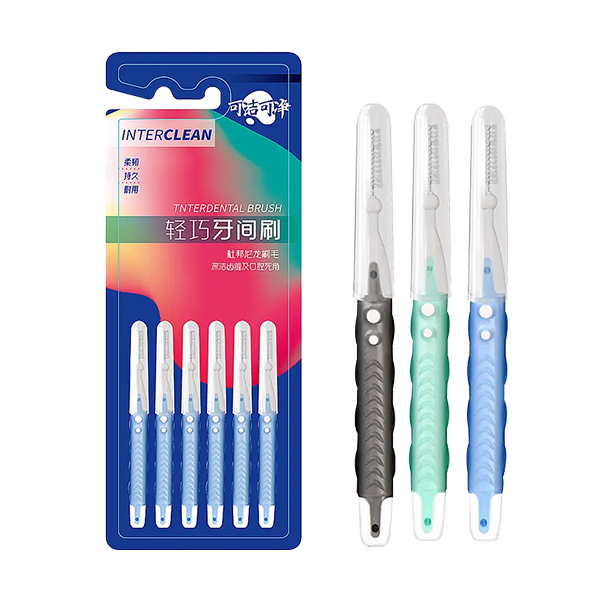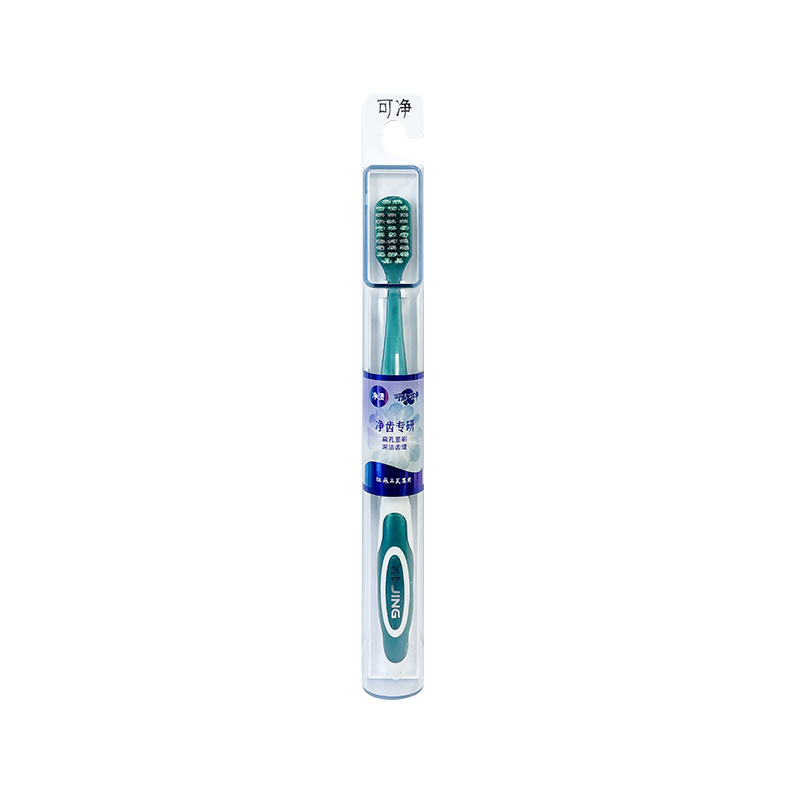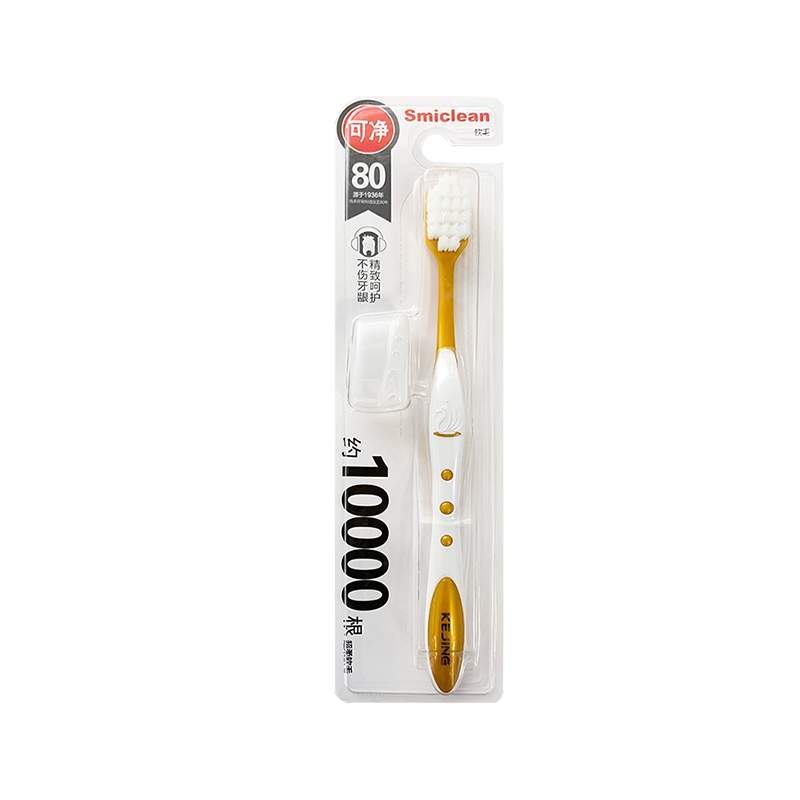How Do Interdental Brushes Compare to Dental Floss in Cleaning Between Teeth?
Maintaining proper oral hygiene is essential for preventing dental problems such as cavities, gum disease, and bad breath. While daily brushing removes plaque from the surfaces of teeth, cleaning between teeth is equally important. Traditionally, dental floss has been the go-to tool for interdental cleaning, but in recent years, interdental brushes have gained popularity as an effective alternative.
This article explores how interdental brushes compare to dental floss in cleaning between teeth, considering their effectiveness, ease of use, gum health benefits, accessibility, and overall impact on oral hygiene.
1. Understanding Interdental Cleaning
Plaque is a sticky film of bacteria that forms on teeth and along the gumline. If not removed, it can lead to gingivitis, periodontitis, and tooth decay. Brushing alone often fails to reach tight spaces between teeth, making interdental cleaning essential.
Interdental cleaning involves the removal of food particles and plaque from the gaps between teeth, where toothbrush bristles cannot reach. The two primary tools for this task are dental floss and interdental brushes, each with unique advantages and limitations.
2. What Are Interdental Brushes?
Interdental brushes are small brushes designed to fit into the spaces between teeth. They usually consist of:
- A thin handle, often made of plastic or wire, for easy maneuvering.
- A brush head, with soft bristles arranged cylindrically or conically to clean interdental spaces effectively.
Types of Interdental Brushes
- Cylindrical brushes – uniform diameter, suitable for regular interdental spaces.
- Conical brushes – tapered for spaces that vary in size.
- Angled or bendable handles – help reach the back teeth comfortably.
Interdental brushes are available in multiple sizes, usually indicated by color codes or diameter in millimeters, allowing users to choose the most appropriate size for their interdental spaces.
3. What Is Dental Floss?
Dental floss is a thin, flexible thread made of nylon, Teflon, or silk, used to remove plaque and debris from between teeth. It is designed to slide between tight contacts where brushes might not fit.
Types of Dental Floss
- Waxed floss – coated with wax for easier insertion between tight teeth.
- Unwaxed floss – thinner and more flexible, but may fray.
- Dental tape – broader and flat, suitable for wider gaps.
Flossing requires a specific technique, usually involving a C-shape motion around each tooth to clean effectively.
4. Cleaning Effectiveness
Interdental Brushes
- Research indicates that interdental brushes are more effective than floss in removing plaque from larger interdental spaces.
- The bristles of the brush can reach under the gumline, scraping away accumulated plaque and bacteria.
- For people with gaps between teeth, orthodontic appliances, or dental implants, interdental brushes offer superior cleaning efficiency.
Dental Floss
- Floss is highly effective in tight spaces where brushes cannot fit.
- It removes plaque along the sides of teeth and slightly under the gumline.
- Floss is particularly useful for people with closely spaced teeth, where a brush cannot enter without causing discomfort.
Summary: Interdental brushes excel in medium-to-large gaps, while dental floss is ideal for very tight contacts.

5. Impact on Gum Health
- Interdental brushes: Regular use reduces gingival bleeding and inflammation. Studies show that patients using interdental brushes have better gum health compared to those relying solely on floss.
- Dental floss: Flossing also prevents gum inflammation and reduces plaque accumulation, but improper technique can cause gum injury or fail to remove plaque effectively.
Overall, interdental brushes are often easier to use correctly, leading to more consistent gum health benefits.
6. Ease of Use and User Compliance
User compliance is a major factor in oral hygiene effectiveness.
Interdental Brushes
- Easier to insert and maneuver, especially for elderly individuals, children, or those with dexterity challenges.
- Less risk of injuring the gums when used correctly.
- May be slightly less convenient to carry compared to floss, depending on size and packaging.
Dental Floss
- Requires a proper technique, which can be challenging for beginners or people with limited manual dexterity.
- Mistakes such as snapping the floss or using excessive force can damage gums.
- Portability is convenient since floss is lightweight and compact.
Conclusion: Interdental brushes generally encourage higher compliance due to simplicity and comfort.
7. Accessibility for Different Dental Conditions
- Braces or orthodontic appliances: Interdental brushes can navigate around brackets and wires, making them much easier to use than floss in these situations.
- Dental implants or bridges: Brushes can clean around implants and under bridges without fraying or breaking.
- Tight teeth: Floss may be the only feasible option for extremely narrow interdental spaces.
Selecting the right tool depends on individual dental anatomy and the presence of dental restorations or orthodontic devices.
8. Cost and Availability
- Interdental brushes: Typically cost slightly more than a spool of floss but last longer per use, especially if reusable types are chosen. They are widely available in pharmacies and online.
- Dental floss: Very inexpensive and easily accessible. Floss is often preferred in regions where brush-based products are less common.
Considering long-term oral health benefits, both tools are cost-effective, but interdental brushes may provide a better return on investment for larger gaps and special dental conditions.
9. Combined Use for Optimal Oral Hygiene
Many dental professionals recommend using both interdental brushes and dental floss in a complementary manner:
- Use floss for very tight contacts that a brush cannot penetrate.
- Use interdental brushes for larger gaps, around braces, implants, or bridges.
- Together, they maximize plaque removal, improve gum health, and reduce the risk of cavities and periodontal disease.
This combined approach ensures comprehensive cleaning and addresses all types of interdental spaces.
10. Additional Considerations
- Frequency: Both interdental brushes and floss should be used at least once daily, ideally before bedtime.
- Technique: Proper technique is crucial. For brushes, insert gently without forcing; for floss, use a C-shape motion around each tooth.
- Maintenance: Brushes should be rinsed after each use and replaced when bristles wear out. Floss should be discarded after single use.
- Material: Soft, flexible bristles reduce trauma to gums, and waxed or coated floss minimizes fraying.
Conclusion
While both interdental brushes and dental floss are effective for maintaining oral hygiene, they serve slightly different purposes and excel in different scenarios.
- Interdental brushes: Best for medium-to-large gaps, dental implants, braces, and users seeking an easy-to-use tool. They are particularly effective in reducing plaque and gum inflammation.
- Dental floss: Ideal for very tight spaces, closely spaced teeth, and situations where a brush cannot reach. Effective in removing plaque with proper technique.
Ultimately, the choice between interdental brushes and floss should be based on dental anatomy, personal preference, ease of use, and the presence of dental appliances. Many dental professionals advocate for a combined approach, leveraging the strengths of both tools to achieve optimal oral health.
By integrating interdental cleaning into daily routines, individuals can significantly reduce the risk of cavities, gum disease, and bad breath, ensuring a healthier, brighter smile for years to come.
 English
English русский
русский Español
Español




